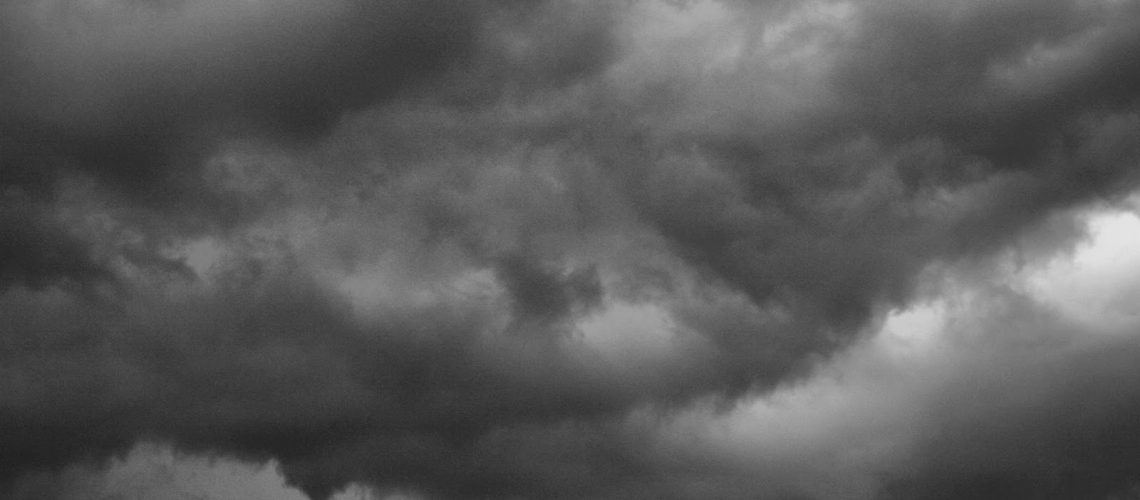Power outages are on the rise nationwide as climate change brings more frequent wildfires, heat waves and severe weather events. The Federal Emergency Management Agency (FEMA) and the state of California have both recently established funding to help communities create “resilience hubs” that rely on solar + battery systems to provide emergency power for residents.
A new study in the journal Risk Analysis finds that strategically placing resilience hubs throughout California could generate up to 8 GW of solar energy and lower the state’s carbon emissions by 5 million tons per year.
Located in community facilities like schools, community centers, libraries, and places of worship, resilience hubs provide power to residents for critical services such as phone charging, cool air and powering medical devices. Because resilience hubs are permanent (compared to emergency relocation centers), they can provide year-round services to address the vulnerability of at-risk and disadvantaged populations.
“Demand for resilience hubs remains high,” said senior scientist Patrick Murphy, noting that California’s Strategic Growth Council awarded 11 grants for resilience hubs in February 2024, “but more than 100 communities requested funding. “
In their analysis, Murphy and his colleagues with the group PSE Healthy Energy (PSE) identified nearly 20,000 potential sites for solar+battery powered resilience hubs. They determined the optimal system design for everyday operation of these sites, and calculated the additional power and equipment needed during different outage scenarios. Their analysis integrated sociodemographic data to help officials focus potential policy and funding priorities on regions where solar+battery for resilience hubs is difficult or expensive, and where populations are most in need.
Among other findings, the study reports that:
- Coastal northern California faces difficult resilience challenges in the rainy and snowy winter season and the Imperial Valley in southern California is challenged when summer heat outpaces rooftop solar input.
- Regions and seasons with greater energy needs than their potential solar harvesting will be challenging, requiring either more sites or more roof space to provide resilient energy for hubs.
- If grid power is available and critical services like clean, cool air for an emergency shelter are needed, the capacity of the candidate resilience hubs is estimated to be 15.8 million people (about 40% of Californians). While this indicates that plenty of capacity exists, whether it is accessible to the most vulnerable populations bears further study.
- Solar+battery power for everyday operations is often financeable and may not require additional funding, especially where sunshine and utility rates are favorable.
- Utility rates impact the ability of a community to adopt solar+battery power systems. In places where sunlight is plentiful and utility rates are high, converting to solar + battery power more than pays for itself (as high rates lead to better savings from renewable energy). Regions with lower utility costs, while possibly better for affordability day to day, make solar harder to justify economically.
- The total cost of implementing solar + battery power for everyday use more than pays for itself with saved utility expenses. However, more upfront capital is needed to meet resilience needs (mostly for increased battery energy storage).
“Hubs provide services year-round, not just during disasters,” said Murphy. “So they can also help build a community’s adaptive capacity – before a disaster hits.”
News item from the Society for Risk Analysis



